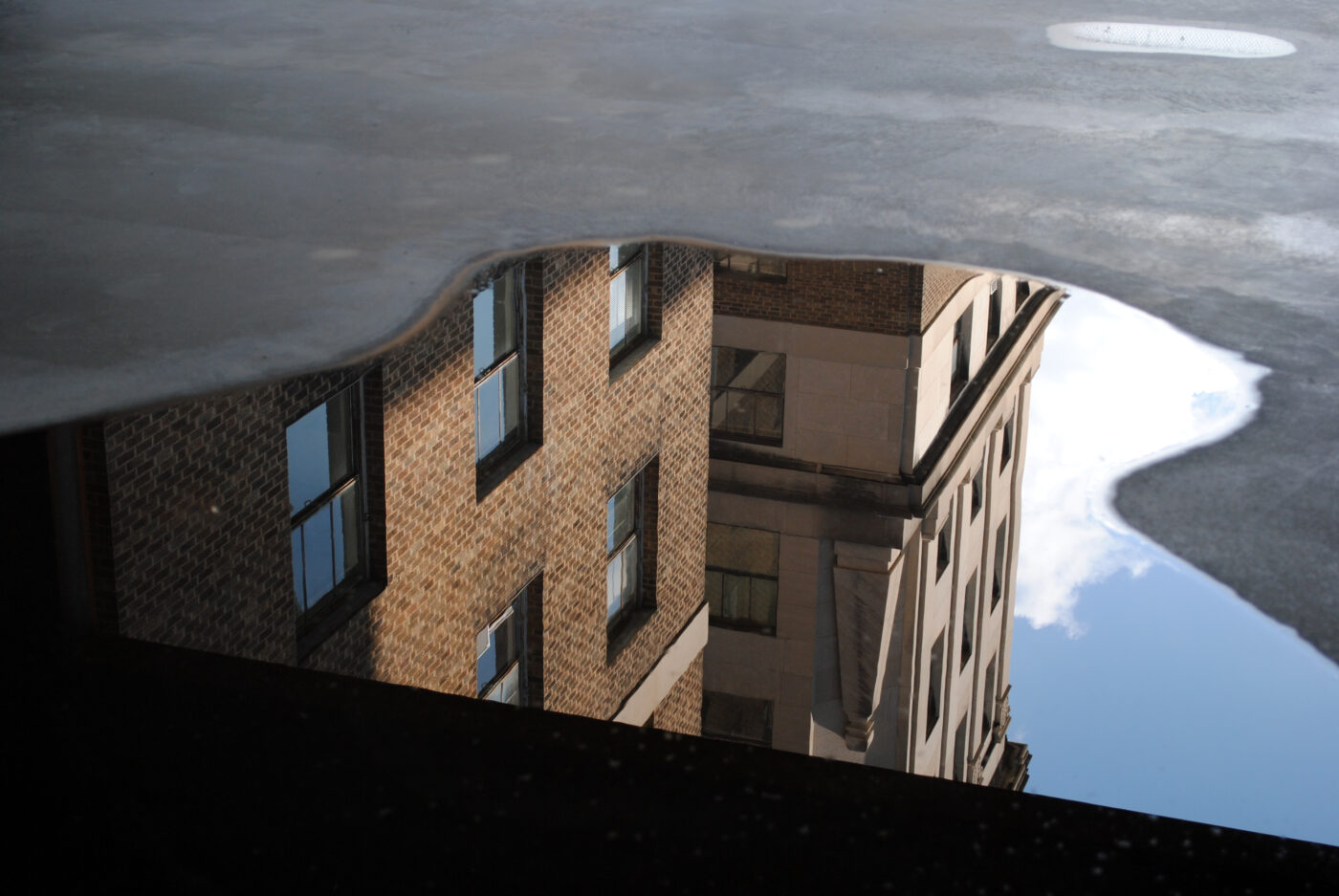GBA Impact Statistics
Decisions we make within the built environment impact quality of life and the resiliency of the spaces we create, the economies we grow, the communities we nurture, and the jobs we support.

A thriving economy requires cities, business districts, and neighborhoods to be home to beautiful, healthy, well-constructed schools, office buildings, hospitals, universities, municipal buildings, cultural institutions, and neighborhoods.
Our buildings must also be future ready. Green Building Alliance champions best practices that will enable us to meet the challenges of rising energy and operational costs, the specter of energy brownouts amidst increasing demand, escalating weather events, and resource scarcity, while mitigating environmental impacts.
Buildings Impact the Environment, Our Health, and the Economy
Environment
- Buildings account for approximately 37% of global CO2 emissions and 40% of all U.S. primary energy use.
- Construction and demolition activities account for 30% of the total waste produced worldwide, contributing substantially to greenhouse gas (GHG) emissions, biodiversity loss and pollution.
Health
- Americans spend 90% of their time indoors and the way we design our spaces matters. Indoor air quality, thermal comfort, daylighting, and ventilation all have direct impacts on human health, worker productivity, school attendance, and learning outcomes. Focusing on improving indoor air quality is essential to improving overall human health.
- The annual cost attributed to “sick building syndrome” (SBS) due to poor air quality in commercial workplaces could be up to $70 billion. Meanwhile, sick leave associated with SBS dropped by 35% when ventilation rates were increased.
- The total healthcare system costs related to mold and dampness in indoor environments were estimated to be up to $18.4 billion annually in North America.
Economy
- Fortune Business Insights Green Building Materials Market Size & Growth Report [2024-2032] states that the global green building materials market size is projected to grow from $474 billion in 2024 to $1.2 trillion by 2032.
- The green building materials market size in the U.S. is projected to reach an estimated value of $289.5B by 2032, driven by increasing demand for roofing, insulation, framing, and various other residential, industrial, commercial, and infrastructure applications that meet high-performance building material standards.
- Growing demand for future-ready, sustainable design is driving demand for a workforce with the skills to design, construct, and operate high-performance buildings and the systems on which they run, and to manufacture the products those buildings require.
- Businesses are increasingly being held accountable to investors and insurers requiring commercial properties to be future ready and resilient to extreme weather and emergency events.
- Healthy properties rent at 4% to 7% more per square foot, and at a macroeconomic level, simple improvements to indoor air quality could generate more than $13 billion in benefits for the U.S.
Statistics & Metrics
- Engaged 27,000 participants (2013-2024) in GBA programming, including educational events, workshops, tours, and trainings covering topics ranging from basic to advanced green design, clean energy, water and energy efficiency, indoor air quality, sustainability, and green building concepts; these include credentialing courses, workforce and career training presentations; building tours, and learning events
- Provided over 1,800 hours of technical assistance in 2024 to businesses, nonprofits, schools, manufacturers, and municipalities looking to plan and implement building upgrades, renovations, and new building and community-scale projects; improve energy and water efficiency and indoor environmental health; strengthen resiliency; and evaluate sustainable products and manufacturing practices
- Recorded $5.4B in building project investments by GBA partners across Western PA (2012-2024)
- Tracked $542.6M in Utility Cost Savings Across 1,300+ Buildings by Pittsburgh, Erie, and Affiliate 2030 District partners
- Partnered with approximately 100 schools and school districts (2012-2024), providing technical assistance and training to reduce energy use and utility costs, improve indoor air quality, create healthy and vibrant learning environments, pursue funding, and plan capital investments
- Hosted and led over 1,000 general education events, building tours, and workshops since 2012 to advance knowledge of high-performance building practices and highlight regional projects modeling excellence and innovation.
- Advanced a highly skilled workforce by training 450 individuals to obtain their LEED, GPRO, and Passive House sustainability professional credentials.
- Secured collaborations with 132 partners in 1,263 buildings between 2012 and 2024 around the region committing to deep reductions in energy use and carbon emissions. They include hospitals, schools, libraries, small businesses, non-profits, office buildings, and college campuses.
- Provided guidance and technical support to Pittsburgh 2030 District property partners, who in 2024 achieved:
- 52.3% carbon emissions reduction (including Renewable Energy Credits)
- 25.6% energy use reduction
- 33.3% water reduction
- $44.2 million in energy savings
- $11.3 million in water savings
- 406,000 metric tons of CO2e emissions avoided

